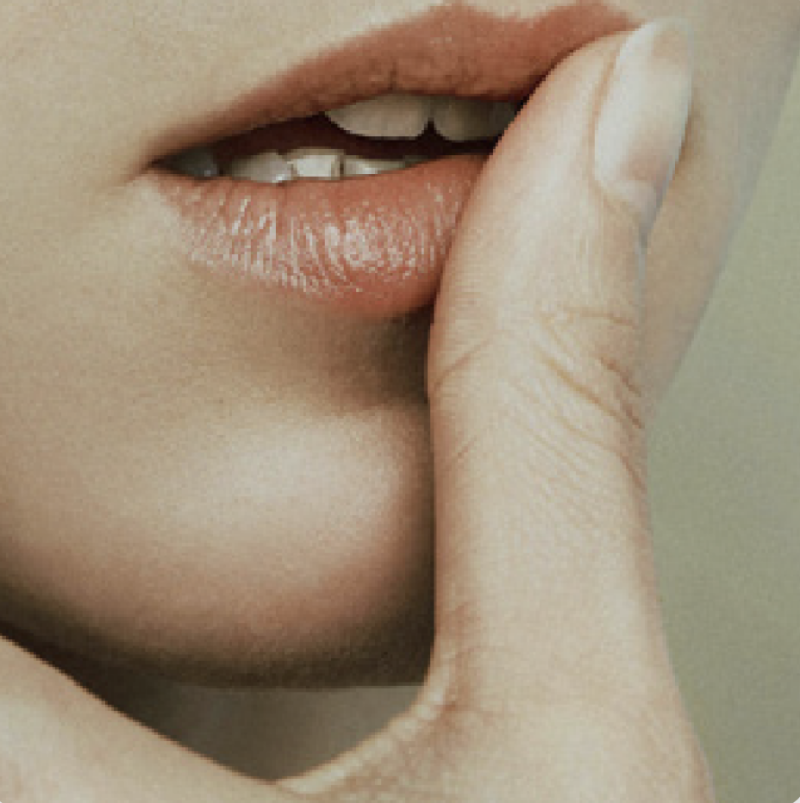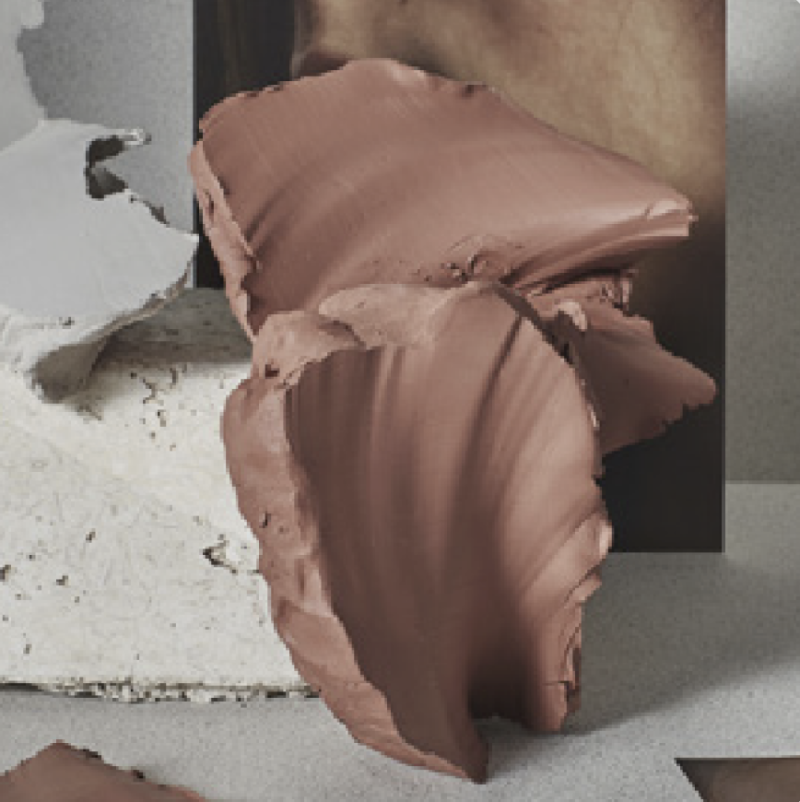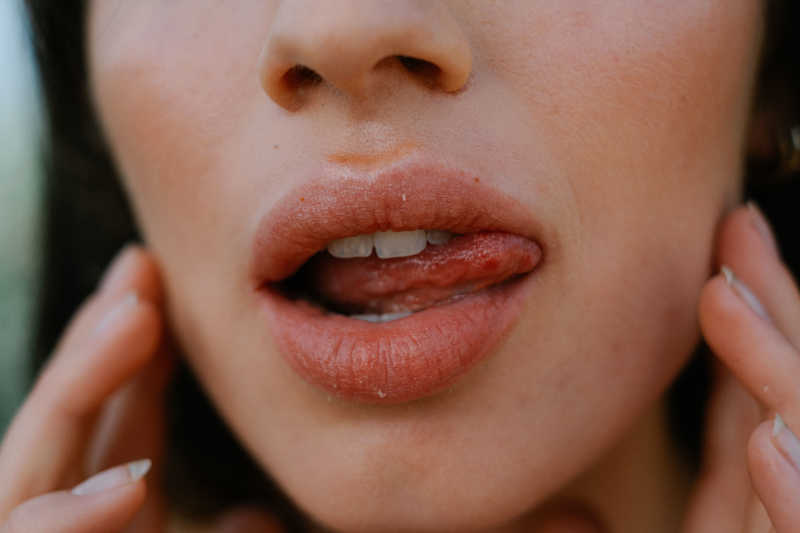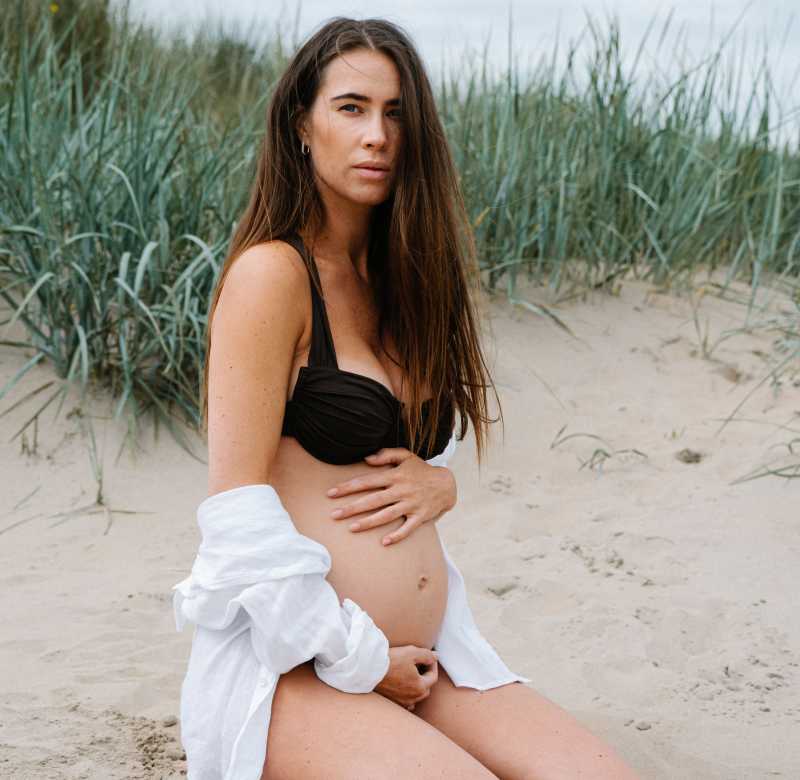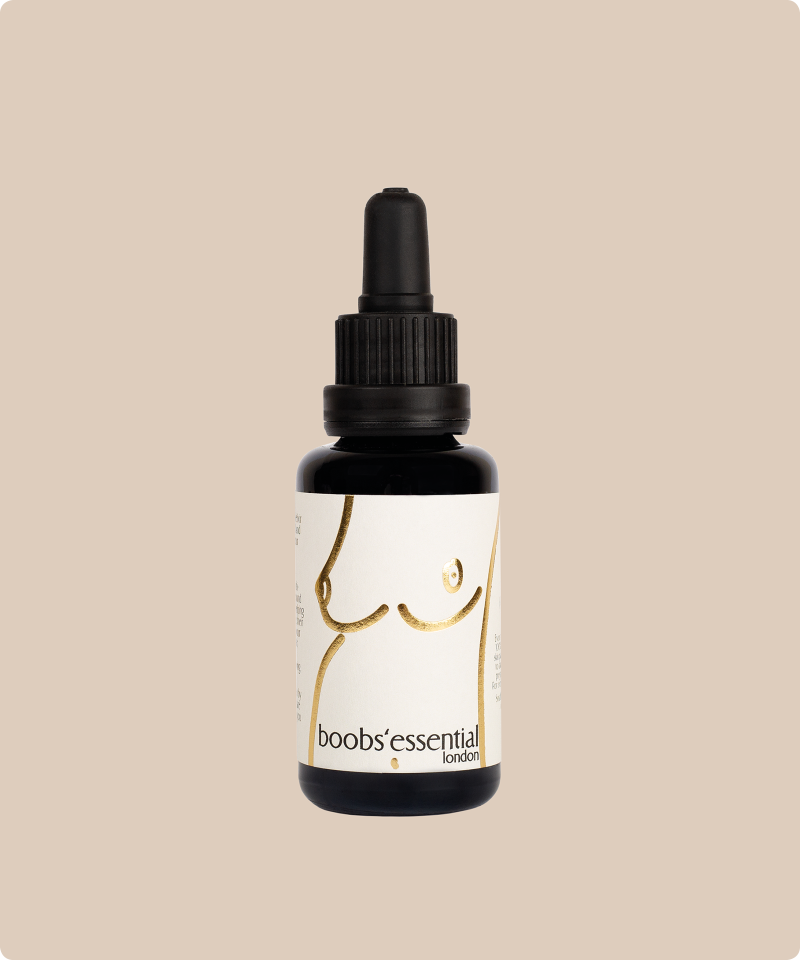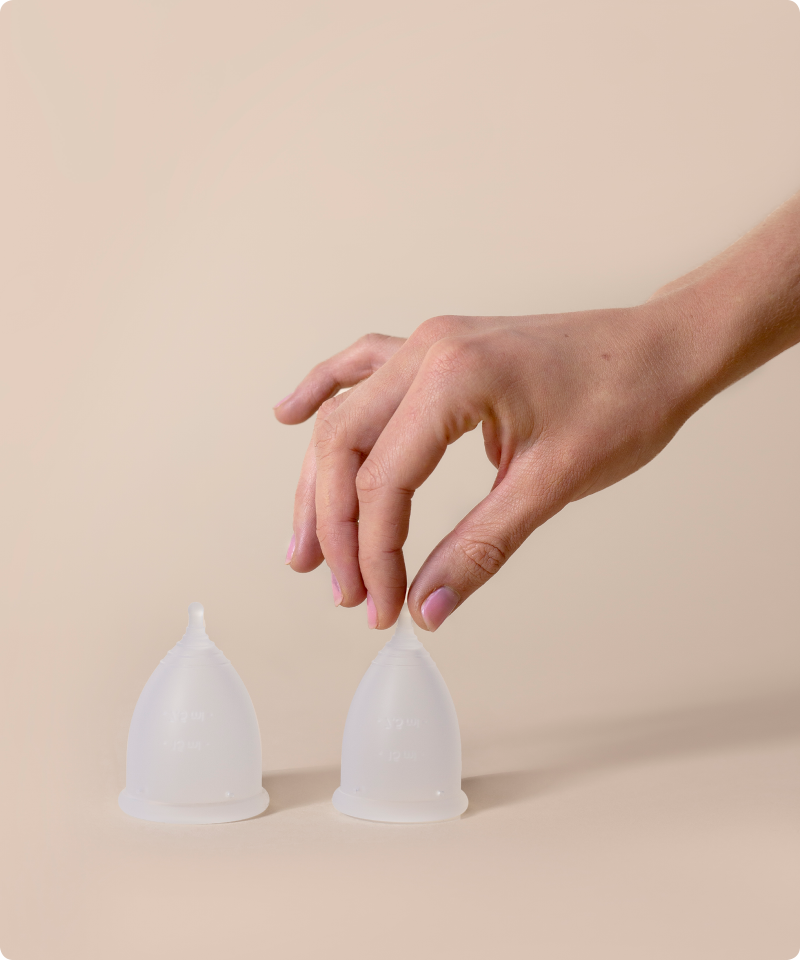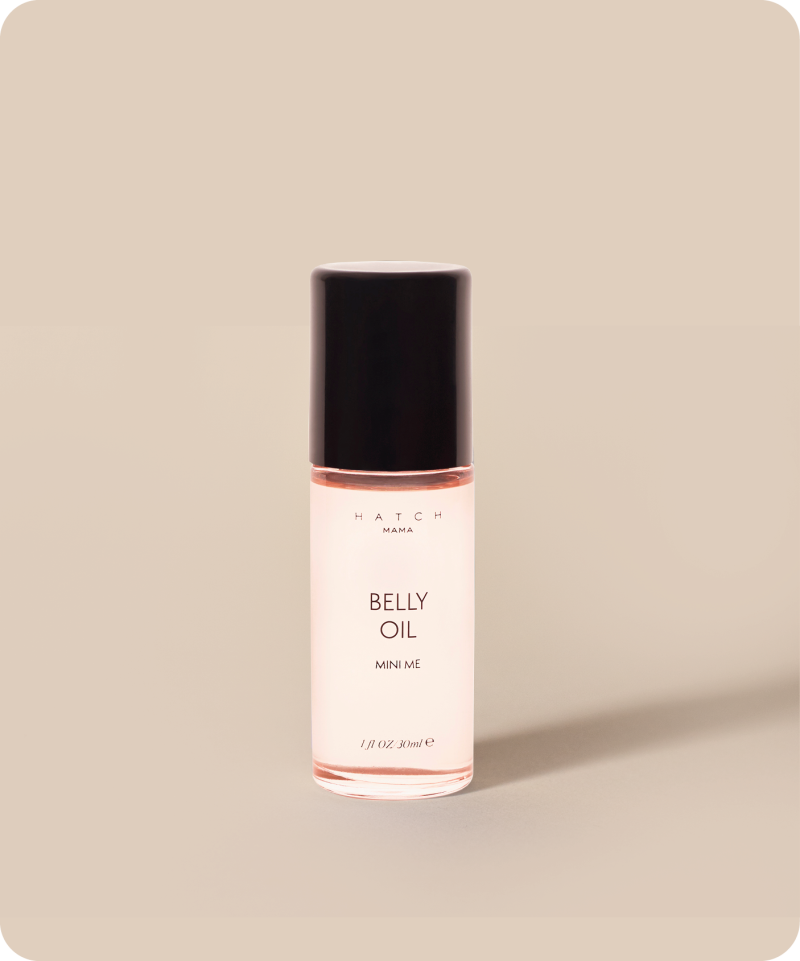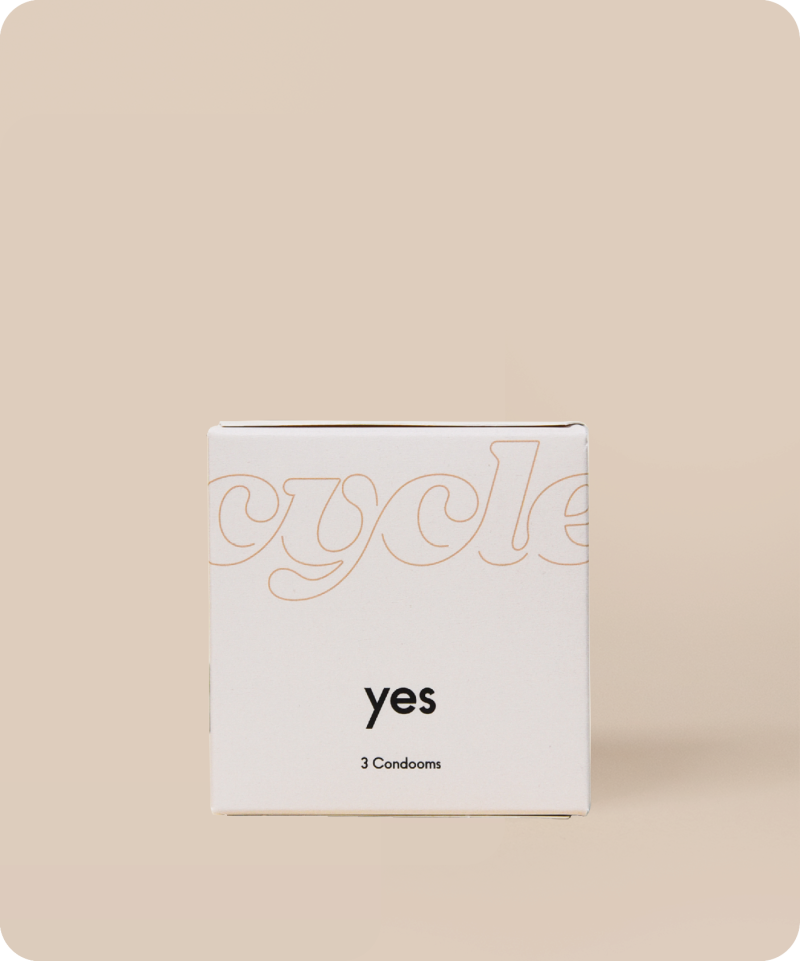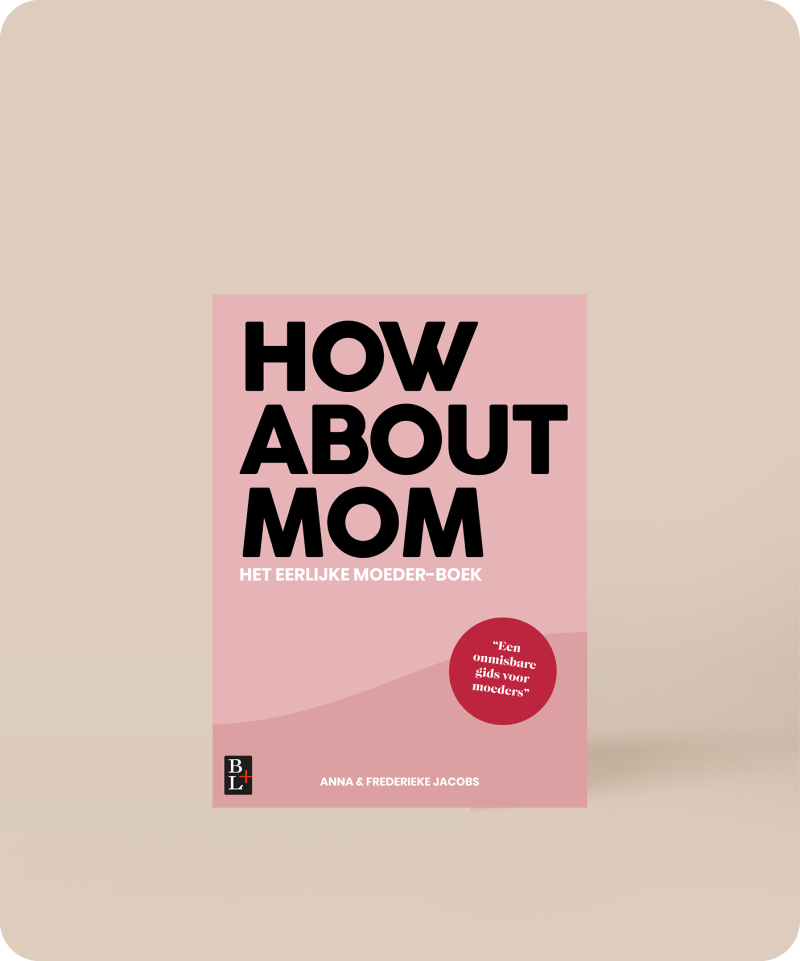The different types of contraceptive pills
Approved by
The different types of contraceptive pills
What is it?
The popularity of contraceptives is increasing, but the pill is still the most commonly used contraceptive amongst women in countries like the Netherlands, the UK, and Belgium. It is a small pill that contains hormones, which has to be taken every day at a set time for three weeks in a row. After 21 days, the strip will be empty, and you can stop taking it for 4 to 7 days. After that, you’ll start with a new strip.
How it works
Contraceptive pills contain hormones that are similar to the hormones that are produced in the ovaries: progestin and estrogen. These hormones regulate your cycle, and therefore also your fertility. They make sure that you have an ovulation, that the endometrium is built up, and that it is rejected again if you haven’t gotten pregnant during your fertile period. The hormones in a contraceptive pill ensure that no ovum is released. They also have an effect on the uterine wall, so that a fertilized ovum can’t nestle there. Furthermore, they make the mucus in the cervix thicker, so that sperm cells can’t pass through it well.
Types
Which pill suits me best? That’s a hard question to answer, since a plethora of different contraceptive pills have been created throughout the years. We’ll attempt to shine a light on this mystifying topic. Every brand of pill has a different makeup and dosage, but they can roughly be divided into categories. To start, there is the monophasic pill, the biphasic pill, and the triphasic pill.
The monophasic pill contains a set dose of progestin and estrogen per strip of pills. If taken correctly, this pill is almost 100% dependable.
The ratio of progestogen and estrogen differ for each phase of the biphasic and triphasic pills. Each strip contains different colored pills that you have to take in the correct order. If you take these pills correctly, they’ll be just as dependable as the monophasic pill. The advantage of these pills is that they - because of the small changes in dose in the different phases - are a better fit with your natural hormonal cycle.
The pills in a strip of quadriphasic pills have 4 different makeups. Each strip also contains 2 white placebo pills. Because of the changing composition, the natural shifts in hormones that you’d have during your menstrual cycle are replicated as best as possible.
The mini pill only contains one hormone (progestin). This contraceptive pill is slightly less dependable than the other kinds, and is why it must be taken at the same time each day. It can really only be used by women who aren’t allowed to take any estrogens.
The contraceptive pill is still in the midst of development, with improvements still being made. By now, four generations of the pill are available. Their main differences lie in the amount of hormones that they contain. You can read more about the different generations here.
The most common described: Microgynon 30
The most commonly prescribed brand is the birth control pill Microgynon 30, a so-called second generation combined pill. Second generation, because it contains less estrogen than the first generation pill. The less estrogen, the smaller the chance of thrombosis, so that’s a big improvement. A combined pill, because it contains two kinds of hormones: Levonorgestrel (a progestin) and Ethinylestradiol (an estrogen). You can also get Microgynon with a slightly higher dose. The difference between Microgynon 30 and 50 is that the latter contains more estrogen. That’s why this pill is frequently prescribed to women who suffer from spotting.
Dealing with acne? Yasmin
Are you dealing with acne and a bloated feeling? In that case, the Yasmin pill might be worth looking into. Research has shown that this fourth-generation pill could reduce acne and help you to retain less fluid. Yasmin contains 20 micrograms Ethinylestradiol (estrogen). It does, however, have a higher risk of causing thrombosis than other pills do so keep this in mind!
Want to know more about the different brands of birth control pills? Read up on it here.
Dependability
The contraceptive pill is almost 100% dependable, as long as you take it on time and - in the case of the multiphase kinds - in the right order.
Where to get it
The pill is only available through a (repeat) prescription. In the Netherlands, you can get such a prescription from your GP as well as some GGD locations (Municipal Health Service).
Cost
The cost of the pill is anywhere between 10 and 40 euros a year, depending on the brand you use. As of now, the pill isn’t reimbursed by Dutch basic insurance if you’re over the age of 21. Some people are advocating to make the pill free again, but for now it’s still complicated whether or not it is reimbursed by your insurance. Up to the age of 18, it is fully reimbursed by basic insurance, and you won’t have to pay a deductible. Sometimes you do have to pay a contribution. Are you between the ages of 18 and 21? In that case, the pill is still covered by basic insurance, but you do have to pay a deductible and sometimes also a contribution. If you’re older than 21, the pill isn’t covered by basic insurance, which means you’ll have to pay for it yourself. You can get additional insurance, but that’ll cost at least 70 euros a year. So, it’s good to check if that is worth it to you. If you have additional insurance, you won’t have to pay a deductible anymore, though you might have to pay a contribution. Endometriosis patients are exempt from this, they’re often reimbursed by the basic insurance. So, be sure to get the proper information from your insurance company!
Advantages
The pill makes it so that you have a very regular cycle, and so that you can skip or delay withdrawal bleedings by continuing to take it. That’s useful for if you’re going on vacation or if you’ve planned to have sex at a time at which you're supposed to have your period. The pill can also help against menstruation complaints, since it’ll often make bleedings less intense and painful. Once you stop taking the pill, you can theoretically get pregnant immediately after.
Side effects
The pill can cause certain side effects. The higher the dose of estrogen in the pill, the higher the chance of these side effects. So, if you’re suffering from them, it could be helpful to try a pill with a lower dose of estrogen. The most common side effects are:
Breakthrough bleeding or spotting (particularly in the first few months)
Headaches
Less of an appetite for sex
Painful or swollen breasts
Mood swings
Emotional or gloomy moods
Fluid retention
Weight gain
Nausea
Acne
The pill slightly increases the risk of thrombosis, strokes, cervical cancer, and breast cancer. Severe side effects, but very rare ones. Do you want to use a pill that has very few side effects? In that case, the combined pill with levonorgestrel (progestin) and 30 micrograms ethinylestradiol (estrogen) is probably your best option.
Contra indications
The contraceptive pill isn’t suitable for everyone. The use of it is dissuaded if you’re over 35 and smoke, since it increases the risk of cardiovascular diseases. The combined pill also shouldn’t be used if you have pre-established thrombosis or cardiovascular diseases.
It’s in your best interest to not use the mini pill in case of thrombosis, inexplicable vaginal blood loss, progestin dependent tumors (breast cancer), and severe liver function disorders.
Some women are afraid of getting cancer because of the pill. In reality, the pill doesn’t have much of an influence on this, certainly now that pills contain a low dose of estrogen. The use of the pill does increase the risk of venous thrombosis - blood clots in the veins -, particularly in the first year of use. Pills with desogestrel and gestodene have a slightly higher risk of causing thrombosis. If you’re starting the pill for the first time, it’s advised that you don’t take pills that contain desogestrel or gestodene.
When choosing what kind of contraception to use, be aware of what other medication you take (including certain herbs), since some medications can make the pill less effective. The most important medications to be wary of are ones against epilepsy, tuberculosis, and fungal infections (antifungals).
Mentally
There hasn’t been a lot of research done on the impact of contraceptive pills on the brain and emotions. However, there are clear signs that the pill has an effect on the parts of the brain that are responsible for mood, fears, and pleasure. A connection to depression has been made multiple times, though the exact cause of it is still uncertain. It is also a tough thing to study, since there are a lot of factors at play in depression. Thankfully, more and more attention is being paid to this subject, including by GPs. Here you can read more about the influence of hormones and the pill on your mood.
